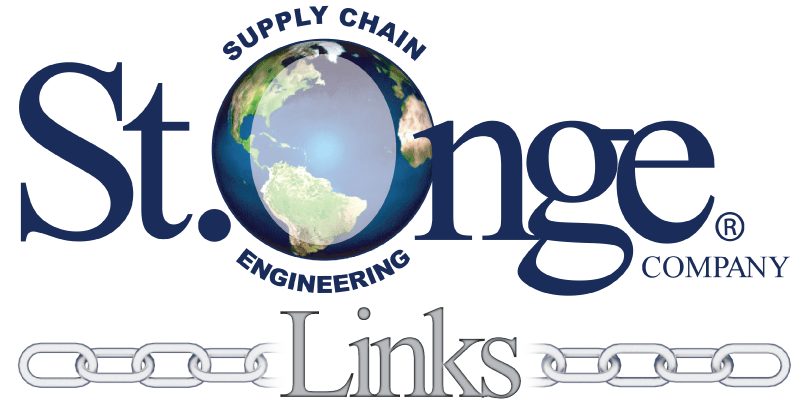 Strengthening your supply chain one link at a time.
Strengthening your supply chain one link at a time.
The challenges many distribution centers face have been amplified in the past few years – especially as it relates to the workforce. Labor makes up more than half of the total cost of warehouse fulfillment within the four walls – and high turnover (15–25% or more in many distribution centers) adds even more cost. While hourly labor rates have increased significantly in the past five years, overall DC productivity has not—meaning the cost per unit worked has increased.
So how are you able to control these costs while still ensuring Service Level and Key Performance indicators are met? Implementing a Labor Management System (LMS) can be incredibly useful in meeting many of these challenges. At a basic level, LMS is software, typically fed with data from a Warehouse Management System (WMS) that provides visibility into how your workforce is performing at levels ranging from a single user, to a functional area like receiving, all the way up to the facility level. In short, an LMS allows you to understand the past, work in the present and plan for the future.
One of the major advantages of LMS is the ability to review how your operation has performed historically, allowing you to have a baseline understanding not just of throughput, but also typical workforce utilization. This allows management to understand if the workforce is right sized for the operation, who the strongest employees are and identify opportunities for further training and improvement.
However, LMS is not all about looking at data in the past, it is also about empowering supervisors and users with valuable information throughout the day. Many LMS applications allow for near real-time visibility into user’s performance, allowing supervisors to adjust assignments throughout the day as they see fit. Providing similar visibility to operators through Employee Engagement tools allows them to understand how they are performing, and perhaps improve their performance, especially where Incentive Pay is provided. Labor can also aid with the training process, providing tools for observing work and coaching opportunities as well as adjusting metrics captured for new employees to measure their performance based on what would be
An LMS can also prove to be a helpful tool in planning for the future. Understanding historical performance of your operation can open the door to opportunity to better workforce planning, from identifying the need for overtime work from existing employees or providing data to HR to help right size the workforce. Without the data from an LMS, it can be nearly impossible to prepare for these situations – causing potential shortages or overages of available employees, both of which can be very costly.
With many businesses struggling in the current economy, it’s more important than ever to be as efficient as possible with the resources you have. Proper training and retaining good employees are major keys to controlling rising costs in the warehouse – and a robust LMS can be a great aid with these challenges.
We help businesses evaluate and capitalize on their opportunities in this space – through creation of RFI/RFPs for selection of the best LMS for your organization’s needs, development and implementation of Engineered Standards, and auditing existing systems for validation and gap analysis. Whether you reach out for assistance, or address the possibilities internally, an appropriate LMS application may just allow you to take the Labor out of Labor Management.
—Caroline Sharp, St. Onge Company
Notifications